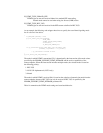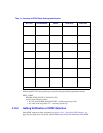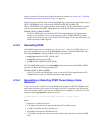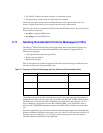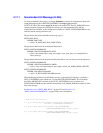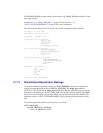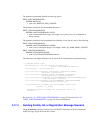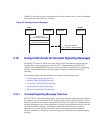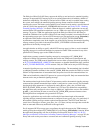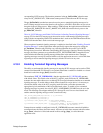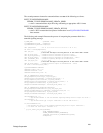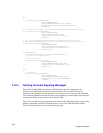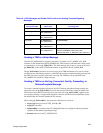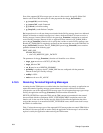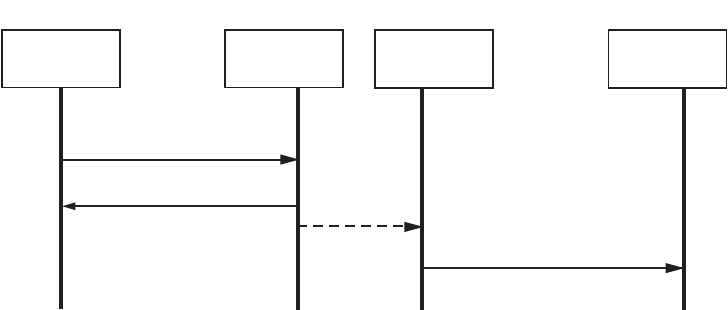
An H.245 UII message can only be sent when a call is in the connected state. A Q.931 nonstandard
facility message can be sent in any call state.
Figure 50. Sending Protocol Messages
4.18 Using H.323 Annex M Tunneled Signaling Messages
The Dialogic
®
Global Call API IP call control library supports the tunneled signaling message
capability that is documented in Annex M of the ITU-T recommendations for H.323. This
capability allows DSS/QSIG/ISUP messages to be encapsulated in common H.225 call signaling
messages. Note that this tunneled message capability is separate and distinct from H.245
tunnelling.
The tunneled signaling message capabilities are described in the following topics:
• Tunneled Signaling Message Overview
• Enabling Tunneled Signaling Messages
• Composing Tunneled Signaling Messages
• Sending Tunneled Signaling Messages
• Receiving Tunneled Signaling Messages
4.18.1 Tunneled Signaling Message Overview
The ITU-T H.323 Annex M recommendation specifies that tunneled signaling message fields may
be contained in any of nine different H.225 messages: Setup, Call Proceeding, Alerting, Connect,
Release Complete, Facility, Progress, Information, and Notify. The Global Call implementation of
tunneled signaling messages allows applications to send and receive tunneled messages in the first
six of the listed H.225 messages. The Dialogic
®
Global Call API library does not support
application access to the last three messages in the list of messages specified in Annex M
(Progress, Information, and Notify) so these message types cannot be used for tunneled signaling
messages.
Application GlobalCall
gc_Extension( )
(ip_ext = IPEXTID_SENDMSG)
GCEV_EXTENSIONCMPLT
Sender
Receiver
GlobalCall
Application
GCEV_EXTENSION
(ip_ext = IPEXTID_RECEIVEMSG)



